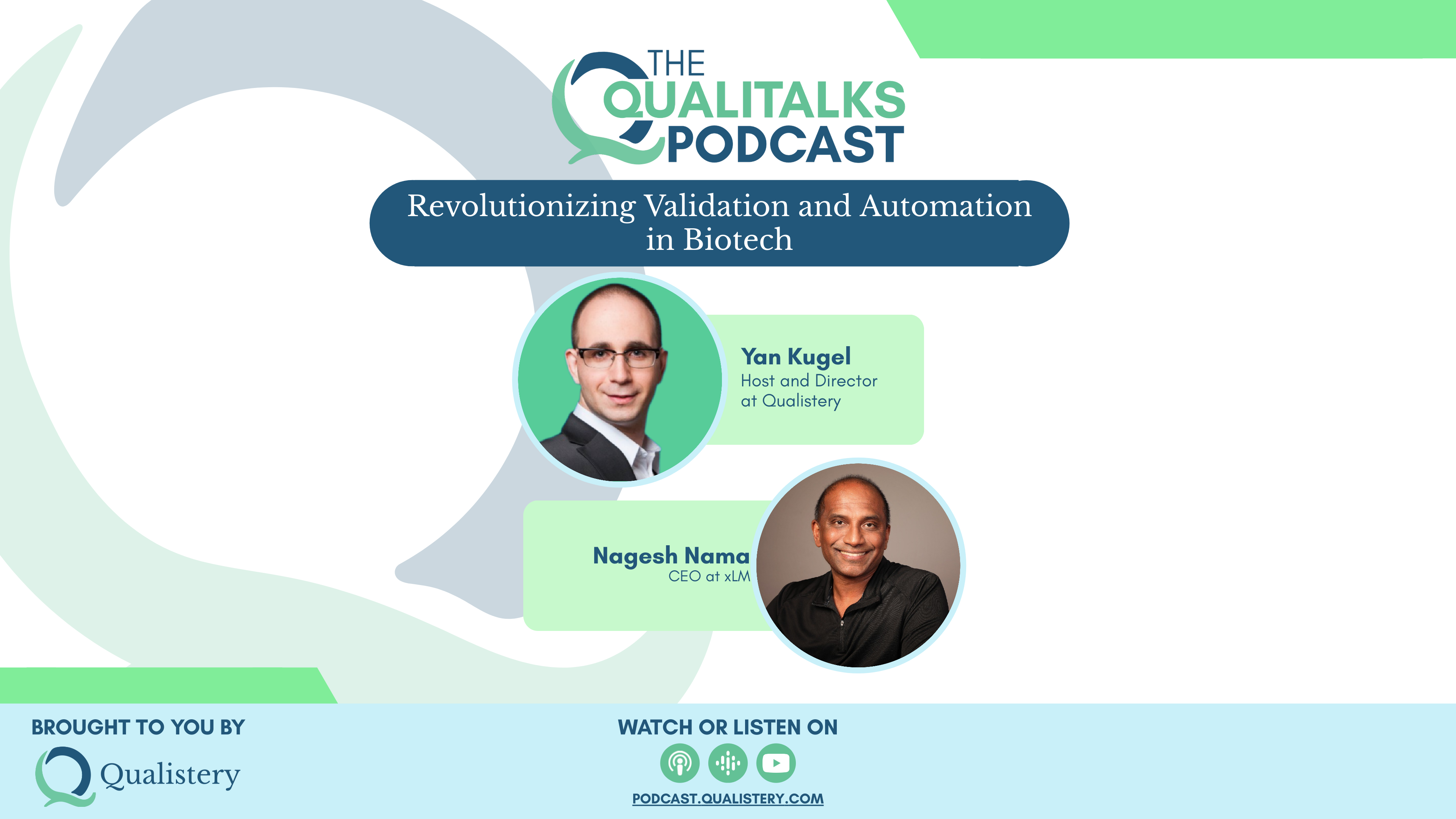Navigating Communication Challenges in Quality-Driven Environments [Lesley Worthington]
Yan Kugel is joined by Lesley Worthington, a communication and leadership coach for quality professionals, to discuss the importance of interpersonal skills in quality assurance within the pharmaceutical industry. Lesley […]




